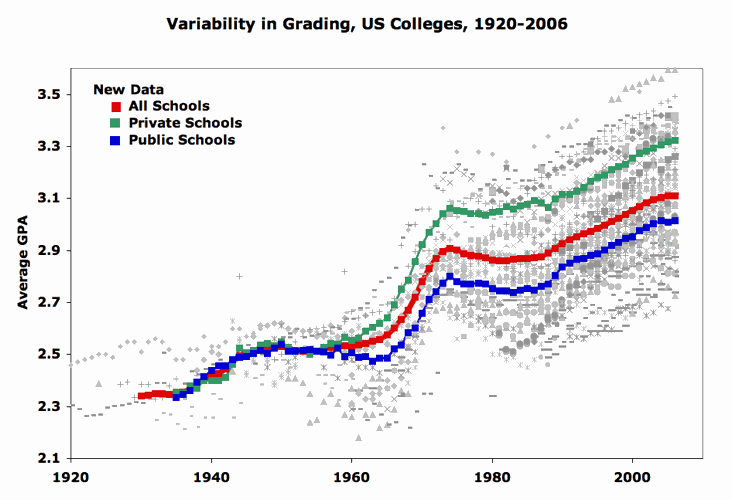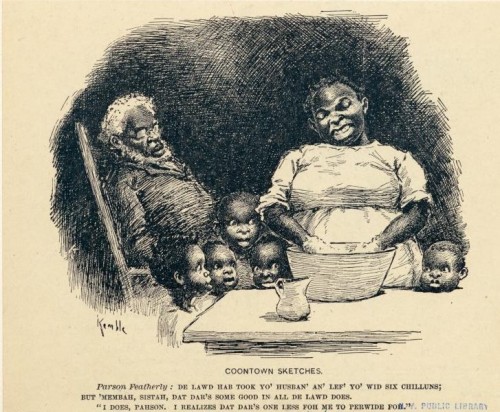The figure below, featured in a paper by political scientist Larry Bartels, maps partisan identification — whether one identifies as a Democrat, an Independent, or a Republican, and how strongly — with opinions as to whether unemployment and inflation had gotten better or worse under Reagan’s presidency (1981-1988). It shows that partisan beliefs strongly predict people’s opinions about discernable facts.
Via Gin and Tacos.
Lisa Wade, PhD is an Associate Professor at Tulane University. She is the author of American Hookup, a book about college sexual culture; a textbook about gender; and a forthcoming introductory text: Terrible Magnificent Sociology. You can follow her on Twitter and Instagram.
















